Project type:
Organic Vegetation Texturing project in Photoshop and Maya.
Project description:
For this project, I brought a pine tree to life as part of a broader effort to develop my skills in 3D digital texturing, shading, lighting, and UV mapping. This tree is a key element in a 3D environment I’ve been gradually building throughout the semester. I approached the design by creating my own reference and style, viewing each individual asset as a component of a larger scene.
------------------
The primary goal of this project was to gain hands-on experience with 3D texturing tools. Having previously worked with 2D textures, I expanded my knowledge by painting directly in 3D using sculpting and texturing software like Mudbox. I also explored the use of various texture maps, including bump maps, normal maps, and displacement maps, to achieve greater surface detail and realism.
Additionally, I learned how to manage workflows between different software and create clear turntable renders. UV mapping was a key focus—particularly unwrapping and organizing UVs efficiently to ensure clean and accurate texture application across the model.
Date:
February 10 - 23, 2025
Role:
3D sculptor and Texture Painter.
Project highlight:
Renders from different angles:
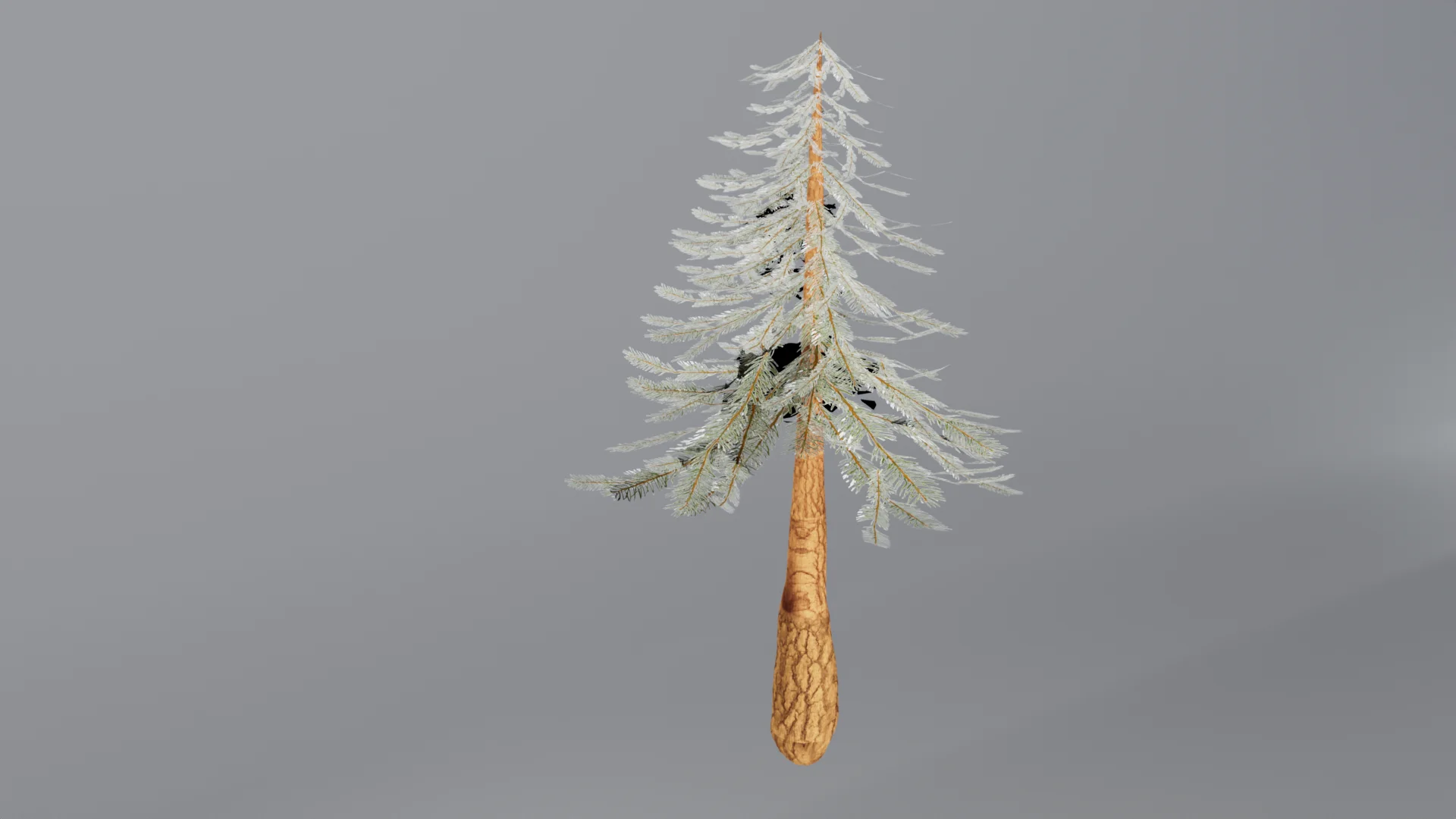
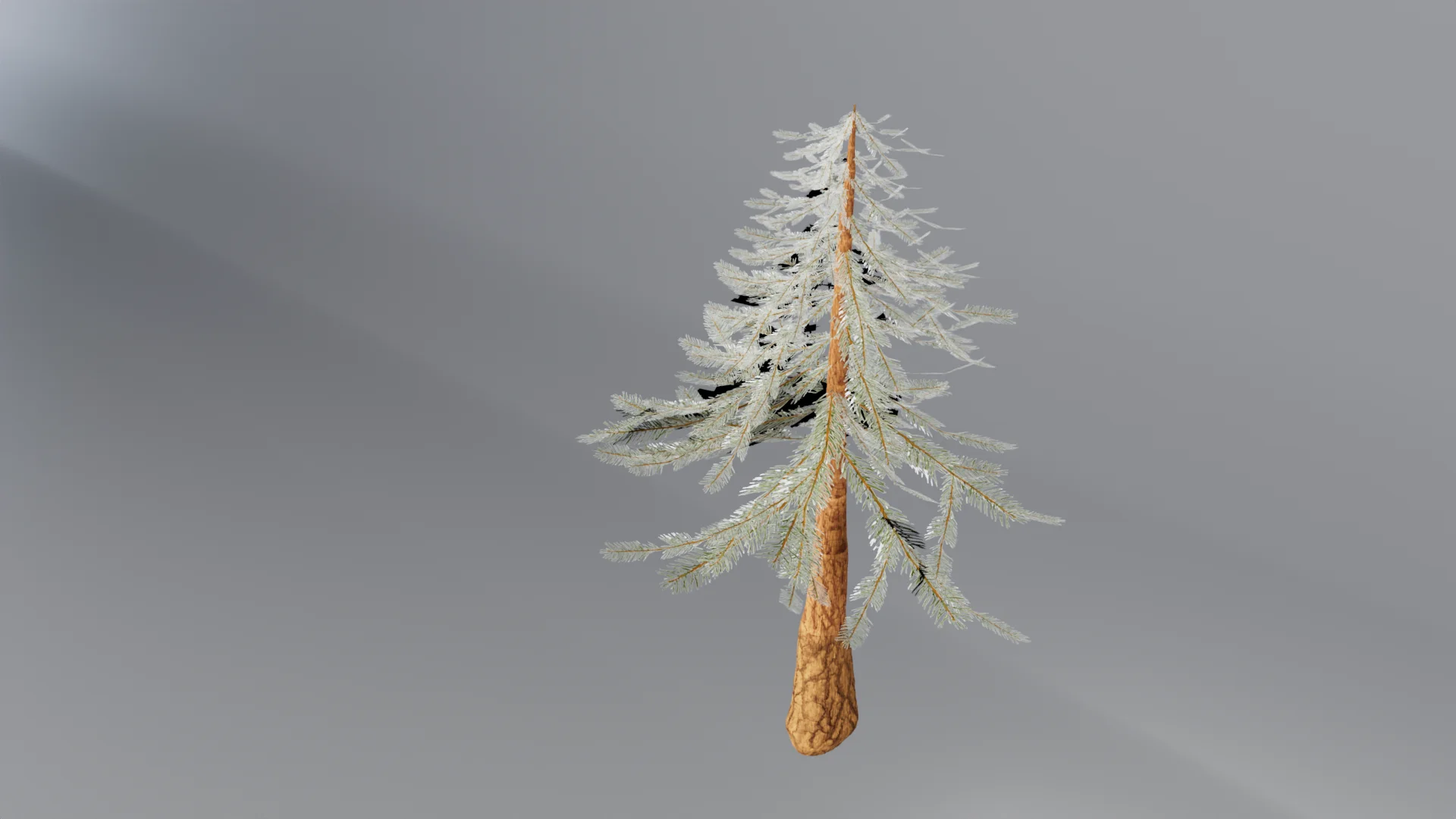
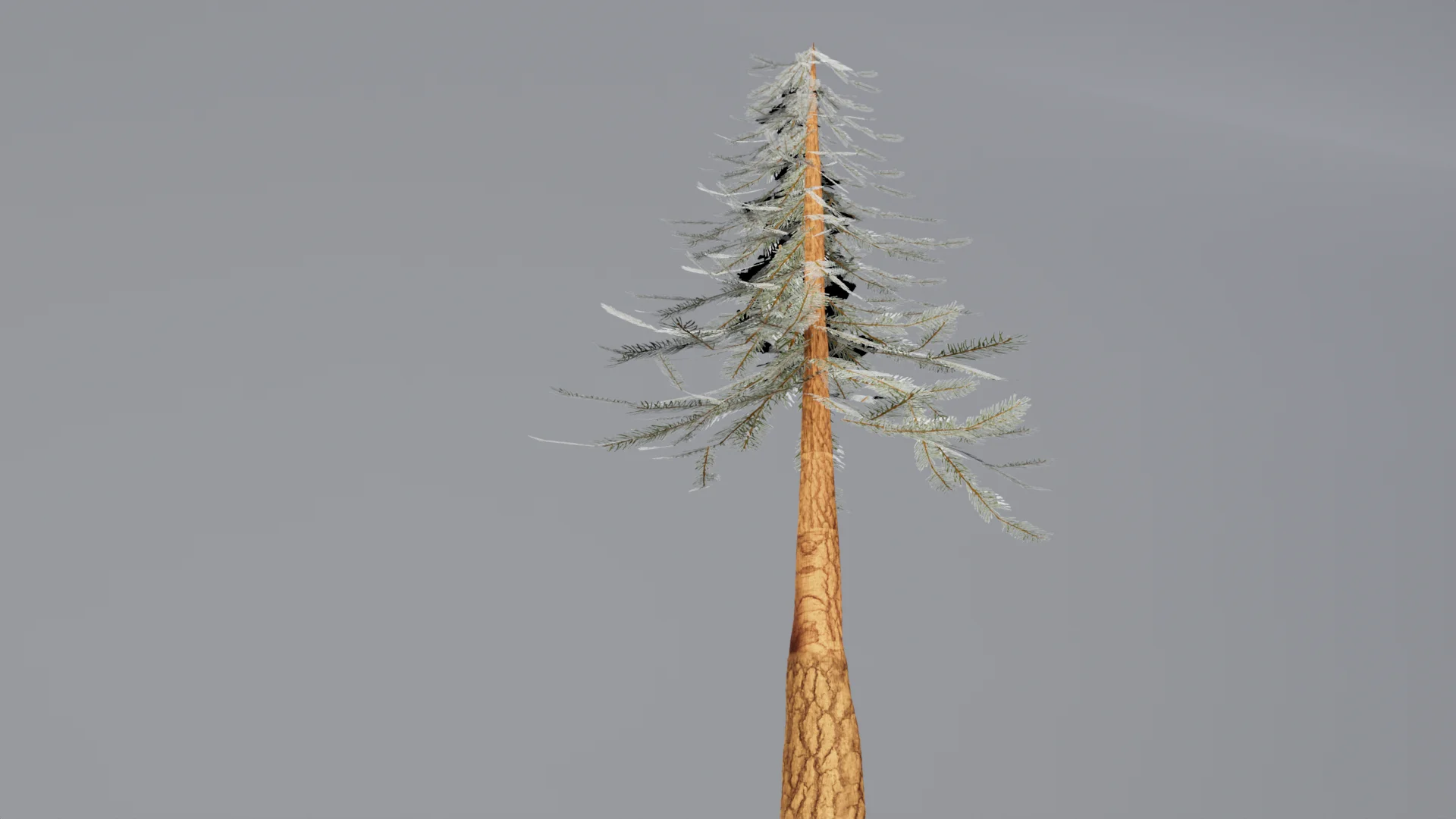

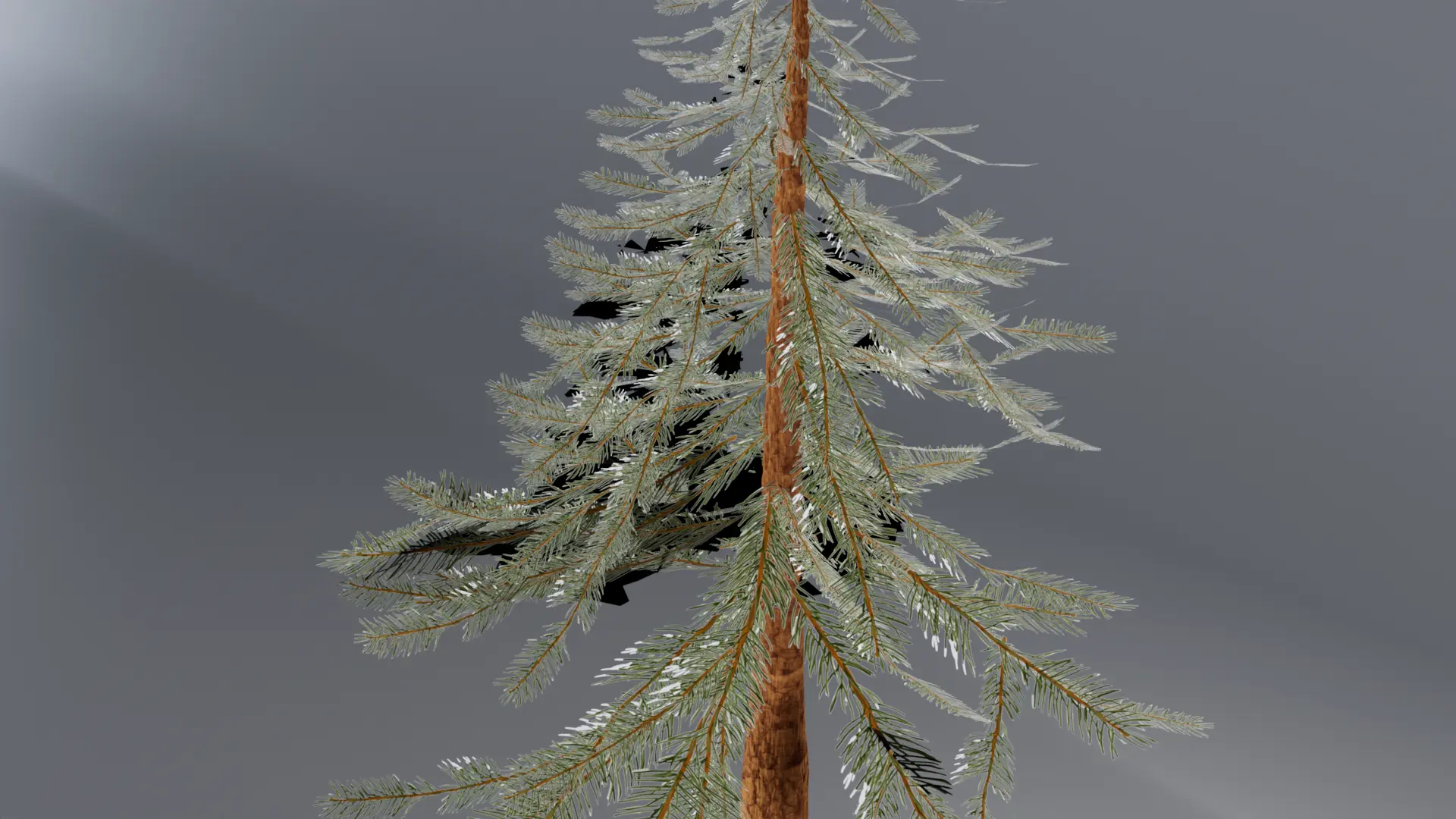
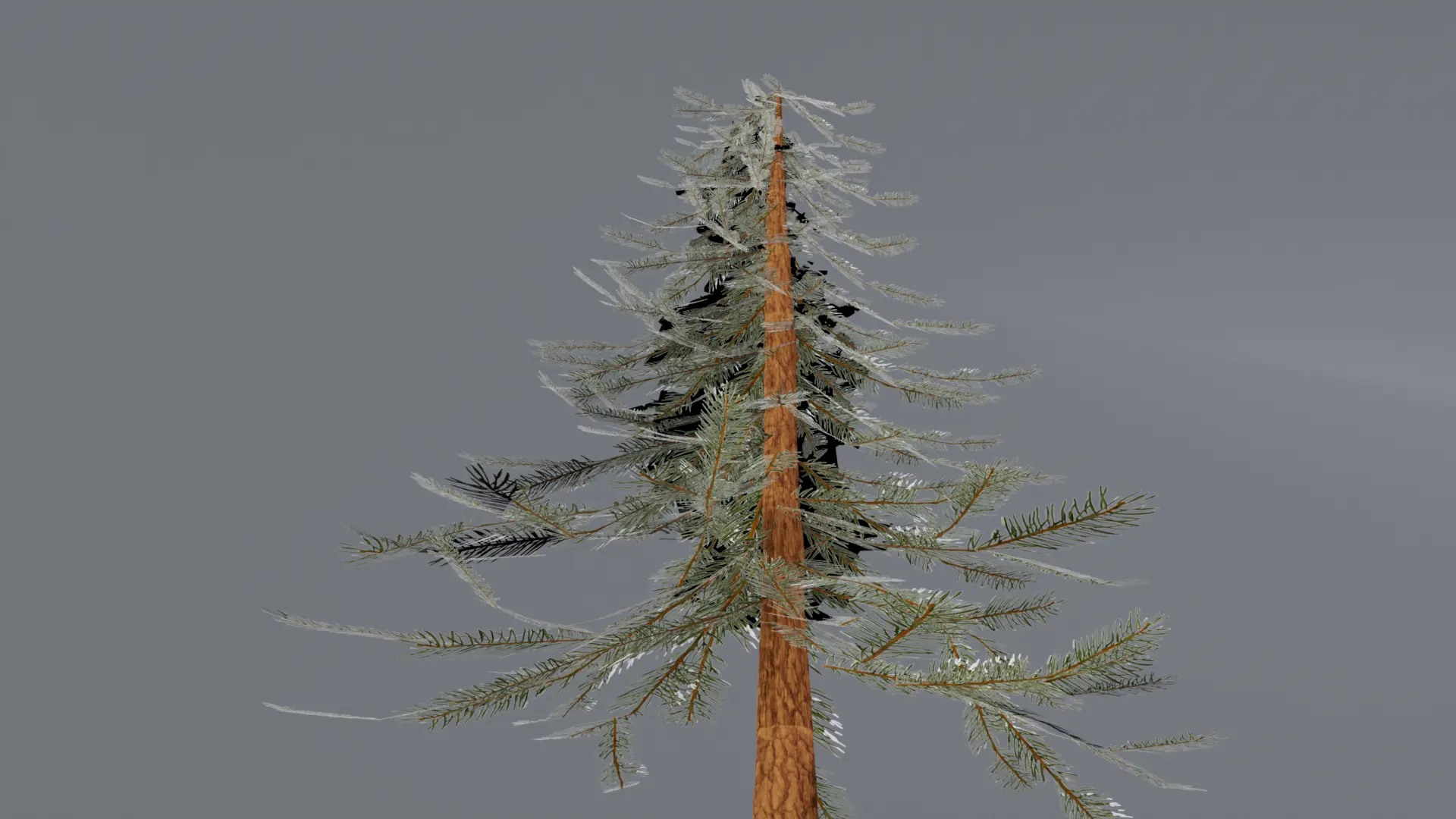

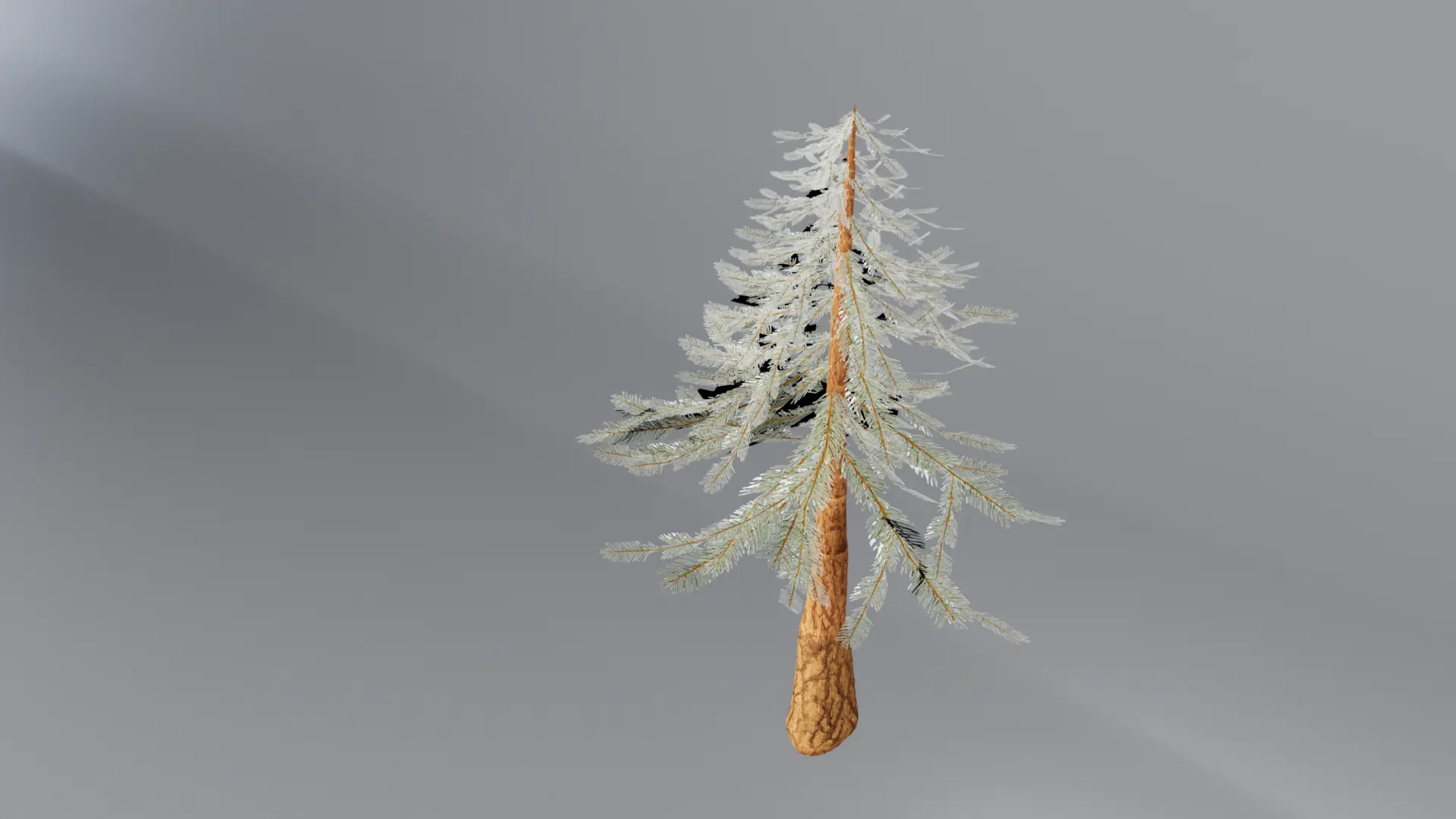
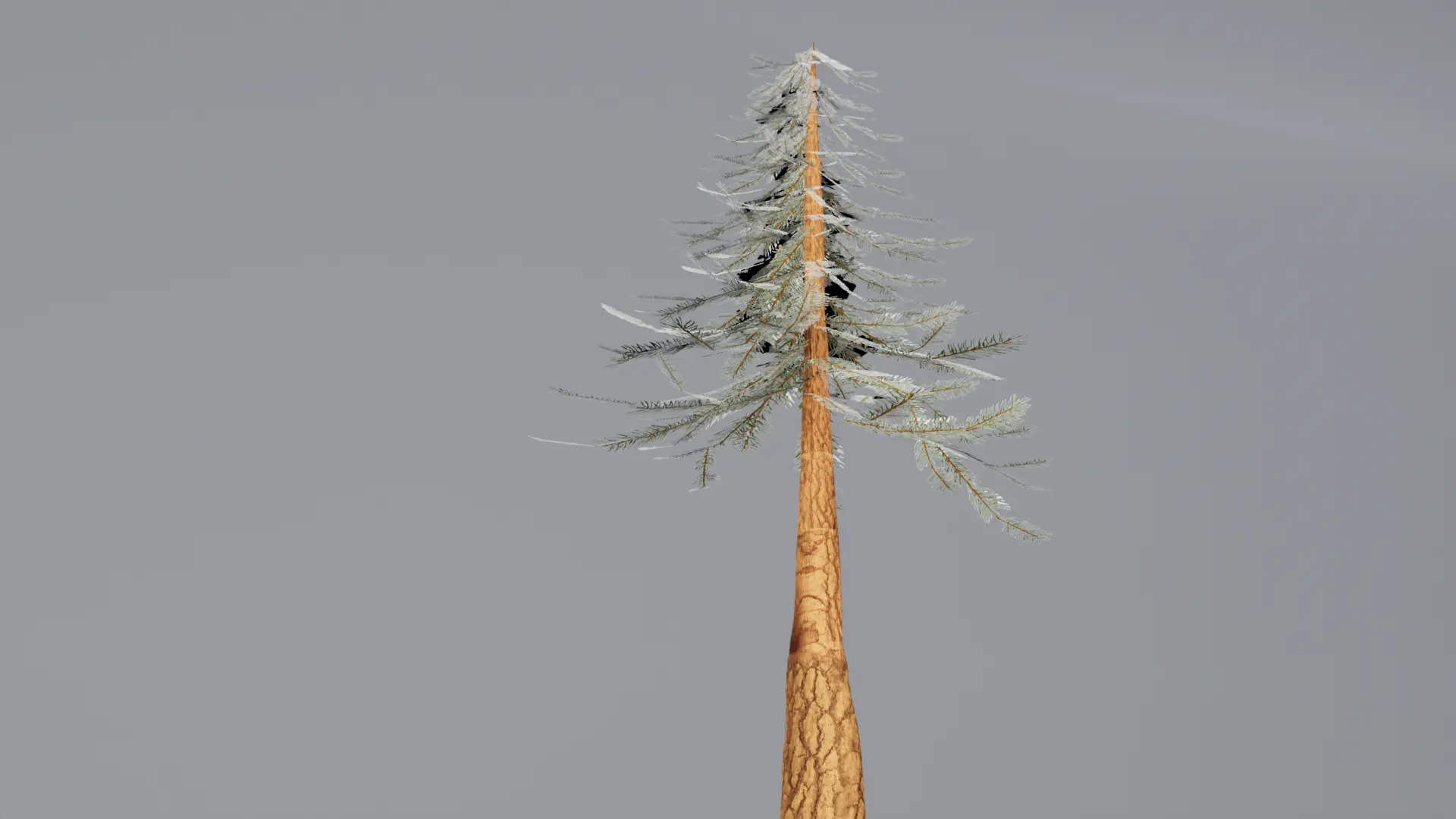
Textures:
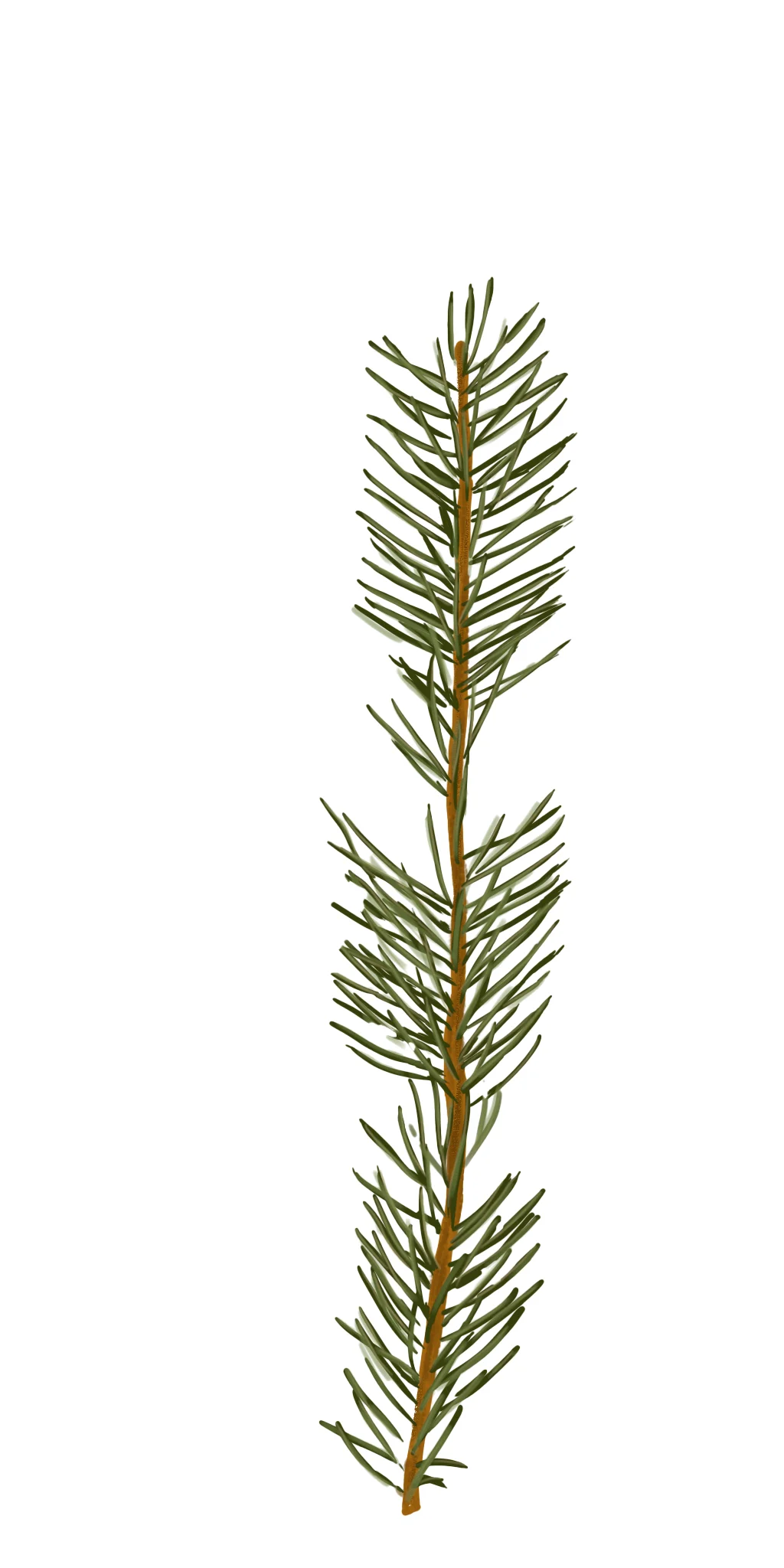
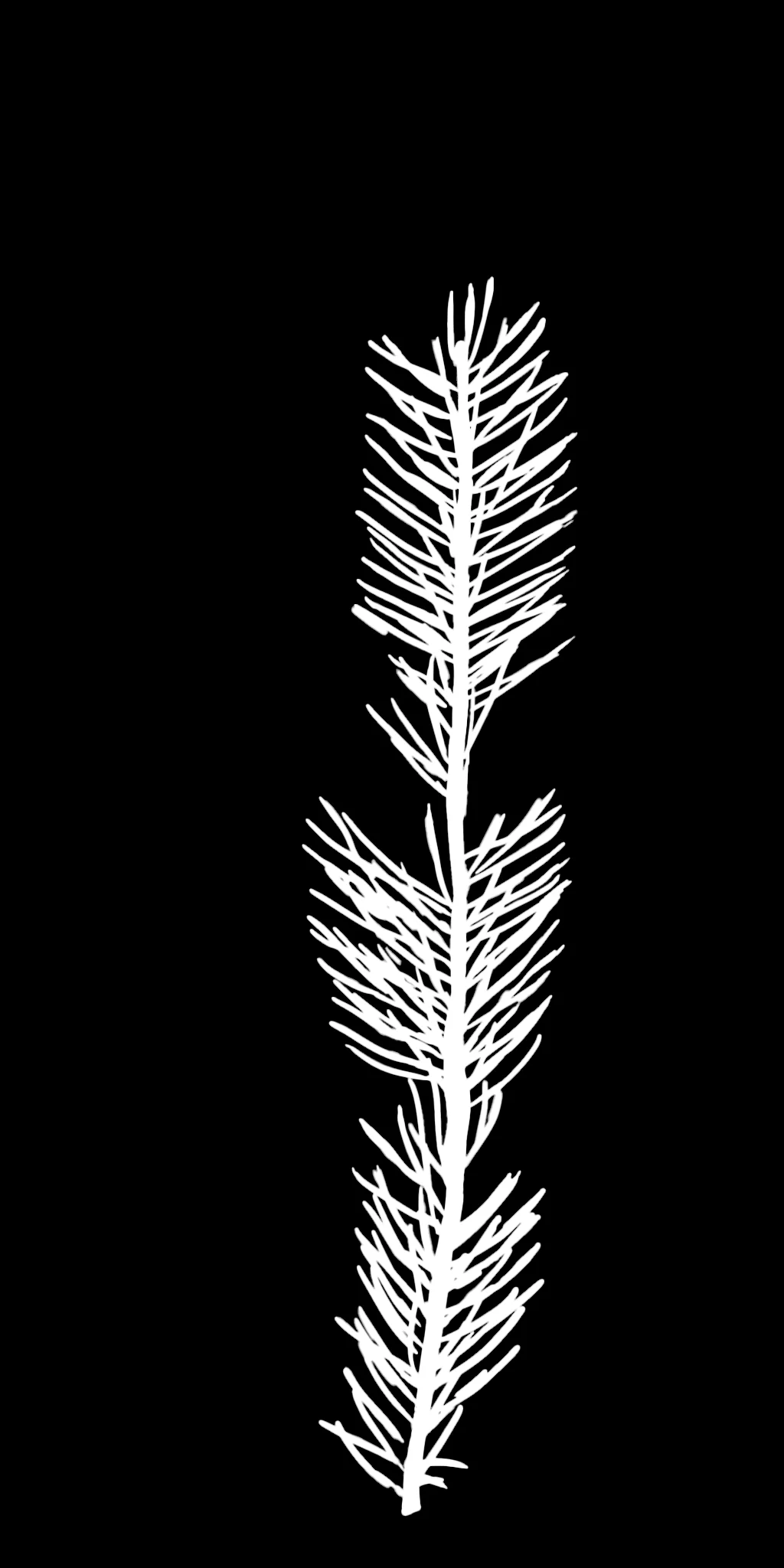
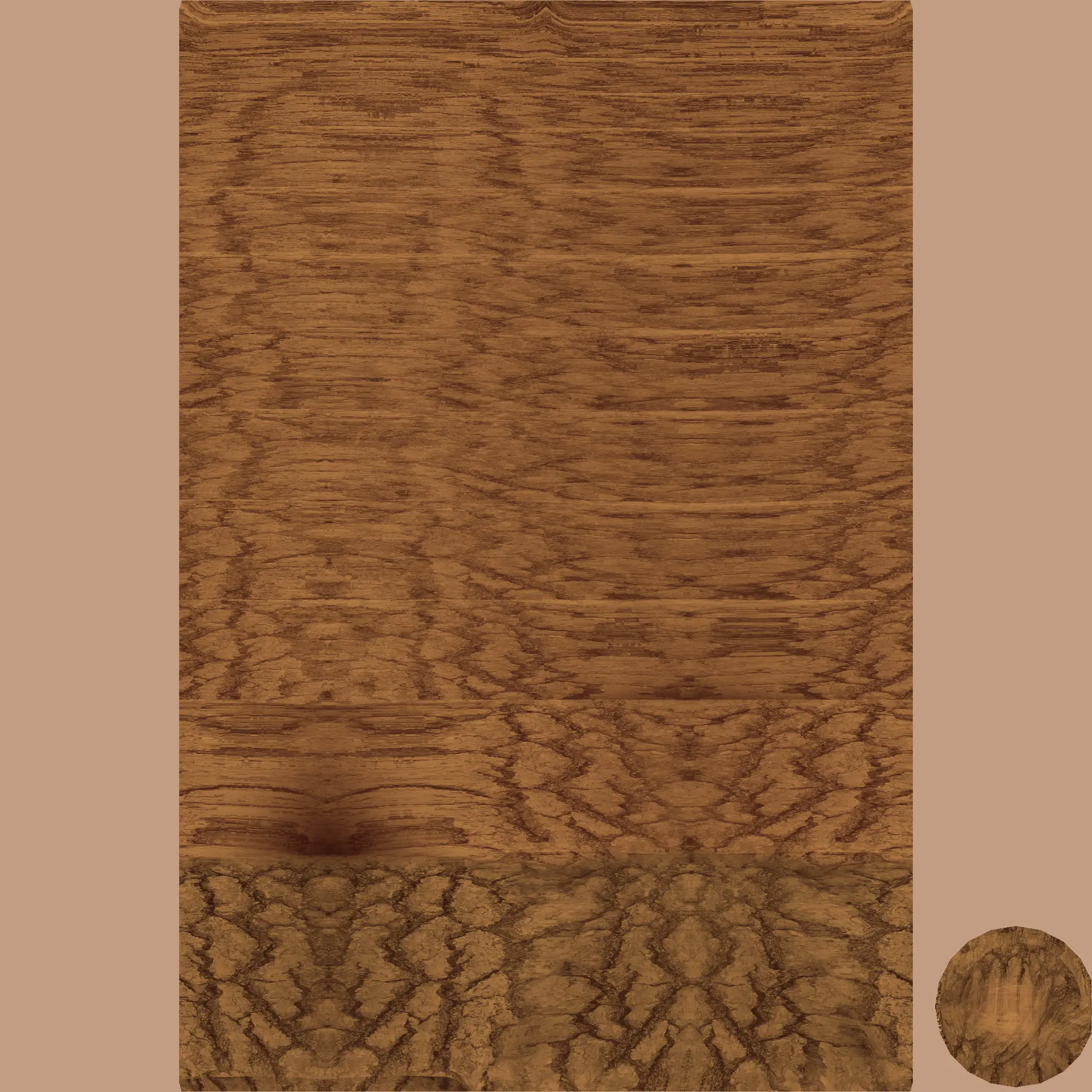
Reference:
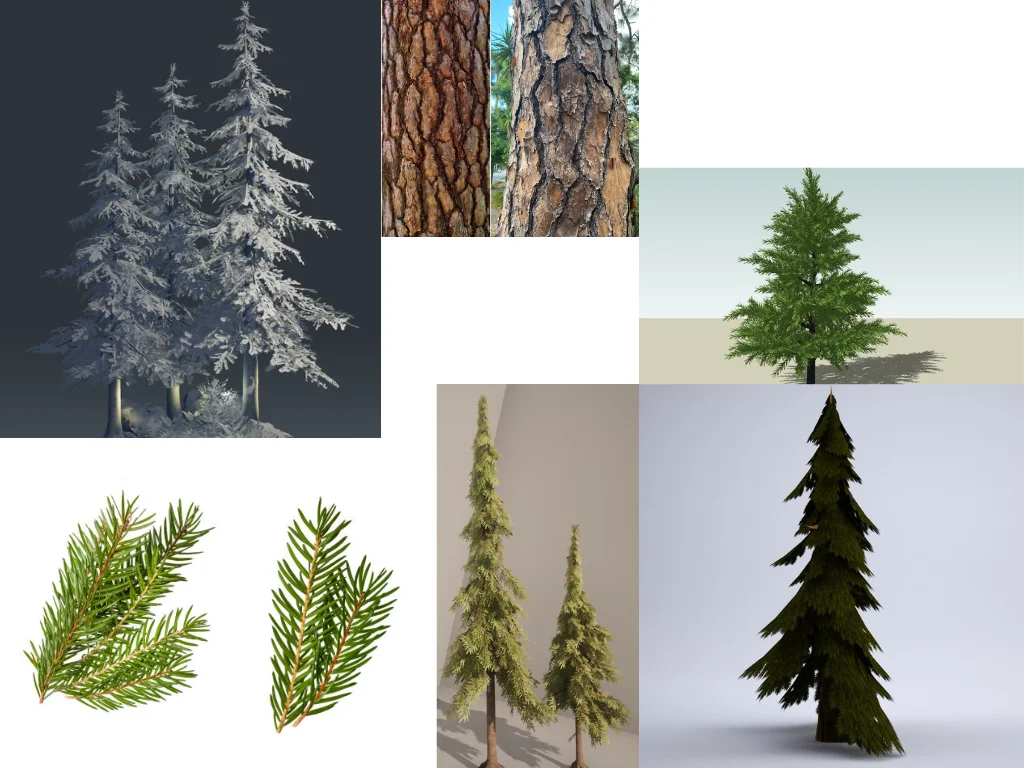
Reflection:
This project helped me learn how to paint and place pine tree branches in a more organic and natural way. Each branch is created from a flat plane with a hand-painted texture and an alpha map to simulate the appearance of pine needles. To enhance realism, I applied lattice deformers to bend the planes and give the branches natural curvature.
As this was my second attempt at modeling a pine tree, the results were significantly improved. In my first attempt, I created pine needles using full geometry and added too many without optimization—resulting in a scene with over 1 billion polygons. This made the file extremely heavy and difficult to manage.
I encountered several technical challenges. Initially, I made the mistake of duplicating pine needle geometry without properly UV mapping or assigning materials. To fix this, I used Python scripts by Schocki to apply UVs individually, which was very time-consuming. Additionally, the unoptimized scene reached 1.3 GB in file size. I resolved this by deleting unnecessary construction history and applying mesh decimation, reducing the file size to around 500 MB.
In the second version, I noticed unwanted shadows appearing behind and underneath the branches. I suspect this was due to transparency in the alpha textures. Although I attempted to fix it using increased ray depth and aiRaySwitch, the issue persisted. I plan to revisit this project to further refine the render settings and improve transparency handling.